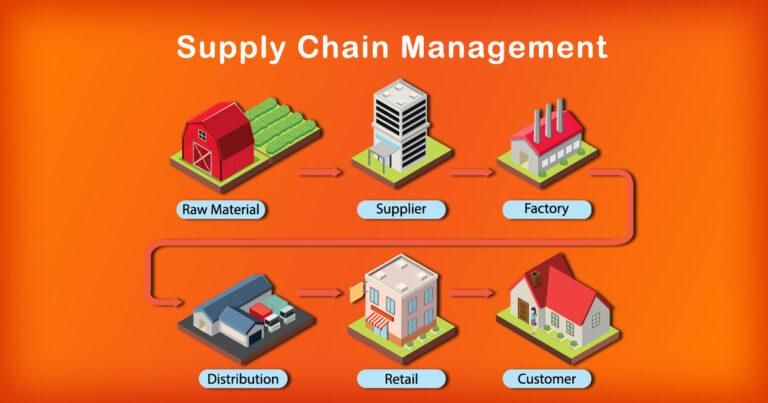Reliability management has become a significant concern for industries across the world. The Indian market, which is one of the fastest-growing economies, has also been emphasizing the importance of reliability management. In this regard, condition monitoring is an effective tool that can help industries ensure optimal performance of their machines and reduce downtime. This blog discusses the use of condition monitoring in reliability management, along with some research and facts in the Indian context.
What is Condition Monitoring?
Condition monitoring is the process of monitoring the health of machines or equipment to detect any potential problems or faults that may arise. It involves analyzing the performance data of machines, such as vibration, temperature, and noise levels, to detect any changes that could indicate an impending failure. The goal of condition monitoring is to identify faults early on and take appropriate actions to prevent them from causing any major damage or downtime.
The Importance of Condition Monitoring in Reliability Management:
The use of condition monitoring in reliability management is crucial for industries to minimize downtime, reduce maintenance costs, and improve productivity. With condition monitoring, industries can predict and prevent failures, thus reducing the risk of catastrophic equipment failure. By identifying problems early on, industries can take preventive measures to avoid costly repairs and downtime, and extend the life of their machines.
Research and Facts:
A study conducted by Frost & Sullivan on the Indian condition monitoring market estimates that the market will grow at a compound annual growth rate of 8.7% from 2019 to 2025. The study highlights the need for condition monitoring in various industries, including oil and gas, power generation, aerospace, and automotive. It also emphasizes the benefits of condition monitoring, such as increased equipment reliability, improved maintenance efficiency, and reduced downtime.
Another study by TechSci Research states that the Indian condition monitoring market is expected to reach USD 3.5 billion by 2023. The study attributes this growth to the increasing demand for predictive maintenance solutions, the need to reduce maintenance costs, and the adoption of Industry 4.0 technologies.
Case Study: Condition Monitoring in the Indian Power Sector
The Indian power sector is one of the largest in the world and is essential for the country’s economic growth. In this sector, the use of condition monitoring has become increasingly important to ensure the reliability of power plants. A case study conducted by the Central Power Research Institute (CPRI) highlights the importance of condition monitoring in the Indian power sector.
The study focuses on the use of vibration analysis for condition monitoring in power plants. Vibration analysis is a widely used technique for detecting machine faults, and it involves analyzing the vibration data of machines to detect any changes that could indicate a problem. The CPRI study found that the use of vibration analysis helped in identifying faults early on and reduced the downtime of machines. It also helped in reducing maintenance costs and increasing the reliability of power plants.
Conclusion:
In conclusion, the use of condition monitoring in reliability management has become increasingly important for industries in the Indian market. With the increasing demand for predictive maintenance solutions and the adoption of Industry 4.0 technologies, the Indian condition monitoring market is expected to grow significantly in the coming years. The use of vibration analysis, as highlighted in the case study, is just one example of the many techniques available for condition monitoring. Industries must adopt a proactive approach to reliability management to ensure the optimal performance of their machines, reduce downtime, and improve productivity.








